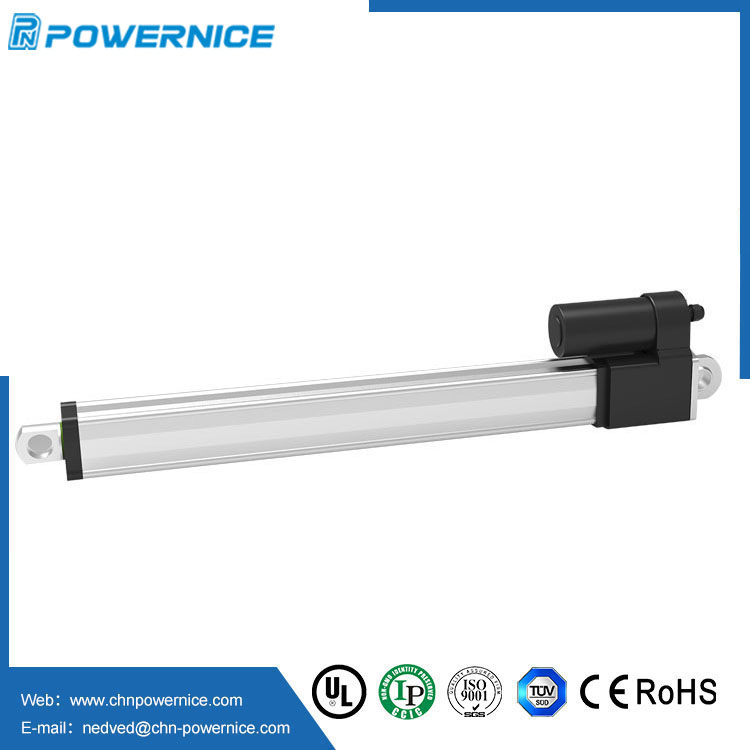Key aspects and applications of automotive linear actuators
2023-10-17
Automotive linear actuators are electromechanical devices used in vehicles to convert rotary motion into linear motion. These actuators play a crucial role in various automotive systems, providing precise control over the movement of components and mechanisms. Here are some key aspects and applications of automotive linear actuators:
1. Electric Windows: Linear actuators are commonly used in power windows. They enable the smooth and precise movement of the window glass up and down.
2. Sunroofs: Some vehicles feature electric sunroofs that use linear actuators to open and close the roof panel. These actuators provide a convenient way to control the amount of sunlight and airflow in the vehicle.
3. Door Locks: Linear actuators can be employed in power door lock systems to lock and unlock the vehicle's doors remotely or with the push of a button.
4. Trunk and Tailgate Lifts: Linear actuators are used in trunk and tailgate lift mechanisms, allowing drivers to open and close these compartments automatically.
5. Seat Adjustments: Automotive seats often include linear actuators to provide adjustable seat positions for comfort and ergonomic support. These actuators control seat height, tilt, and slide adjustments.
6. Adjustable Pedals: Some vehicles have adjustable pedals that use linear actuators to move the brake and accelerator pedals closer to or farther away from the driver's seat, accommodating drivers of different heights.
7. Headlight Leveling: Linear actuators can be used in headlight leveling systems to adjust the angle of the headlights based on vehicle load and road conditions, ensuring proper illumination without blinding oncoming drivers.
8. Steering Column Adjustments: In some vehicles, linear actuators enable the adjustment of the steering column's height and tilt, allowing drivers to find a comfortable driving position.
9. Automatic Transmission Shifters: Linear actuators are used in some automatic transmission shifters to control gear selection and engage park, reverse, neutral, drive, and other transmission positions.
10. Chassis and Suspension Control: In advanced automotive systems, linear actuators may be used to control chassis components, such as active suspension systems, to adjust ride height and damping characteristics for improved handling and ride comfort.
11. Electric Brake Systems: Linear actuators are utilized in electric brake systems, which provide parking brake functionality without the need for a traditional handbrake lever or foot pedal.
12. Hybrid and Electric Vehicles: Linear actuators play a role in electric and hybrid vehicle systems, including battery compartment access and powertrain components.
13. Convertible Tops: Some convertible cars use linear actuators to raise and lower the convertible top automatically, simplifying the process for the driver.
Automotive linear actuators are designed to withstand the rigors of the automotive environment, including temperature variations, vibrations, and exposure to moisture and road debris. They are often controlled electronically, allowing for precise and reliable operation. These actuators contribute to the comfort, convenience, and functionality of modern vehicles.



